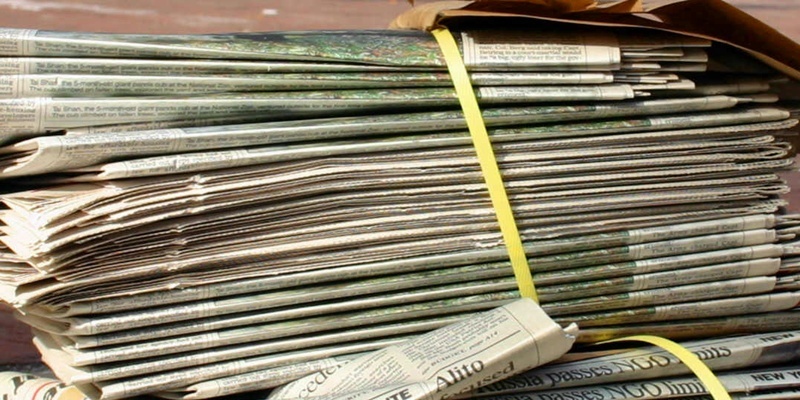A member of the SNP/Liberal Democrat coalition on Fife Council has revealed the local authority spent almost £900,000 on recruitment and public notice advertising in 2008-09 and warned such advertising is now likely to “significantly reduce.”
The statement has come from Tay Bridgehead councillor Tim Brett, who was asked for figures by Newport and Wormit Community Council and decided to make them public.
Mr Brett said over the last few months there has been a great deal of interest in the cost of advertisements, both for recruitment purposes and also for public notices.
The latest available information showed there had been £576,253 of recruitment advertising in newspapers and journals, and a further £303,092 on public notices.
“I think it is important that this information is in the public domain, as at a cost of £879,355 this is clearly a significant amount of expenditure,” he said. “Given the present economic climate it is likely that recruitment advertising will significantly reduce over the next period as the council is having to make significant efficiency savings.
“With regard to public notices, this too, is a significant cost to the council at over £300,000 and whilst I recognise and sympathise with newspapers who are also finding it difficult in the current economic climate, it surely must be right that the council critically reviews all of its expenditure.
“This is particularly so, given the fact that people are now getting their information in many different ways including the internet as well as from newspapers.”
Mr Brett said he hoped there could be further debate about different ways of communicating essential public information and hoped the newspaper industry does not simply argue that this must continue for “perhaps self-interested reasons.”
The issue has been raised by Mr Brett at a time when the newspaper industry is facing tough times.
In May, Fife Council reaffirmed its commitment to the development of a single online location for local government information notices despite the Scottish Government abandoning necessary legislation earlier in the year.
The government plan would have taken notices out of newspapers and placed them as online public information notices.
At the time the proposal drew widespread opposition, and Labour, the Tories and the Liberal Democrats backed a campaign by The Courier, which pointed out millions of Scots do not have access to broadband internet and would be deprived of access to information affecting their daily lives.
Photo used under Creative Commons licence courtesy of Flickr user ElvertBarnes.
